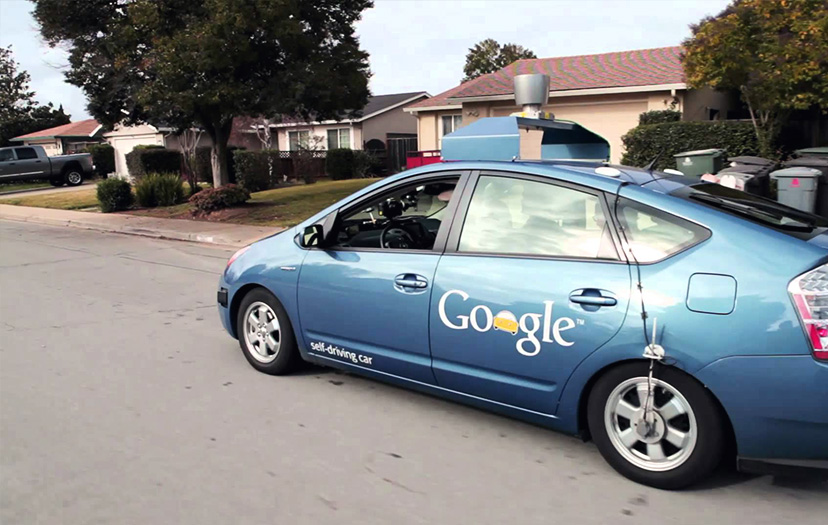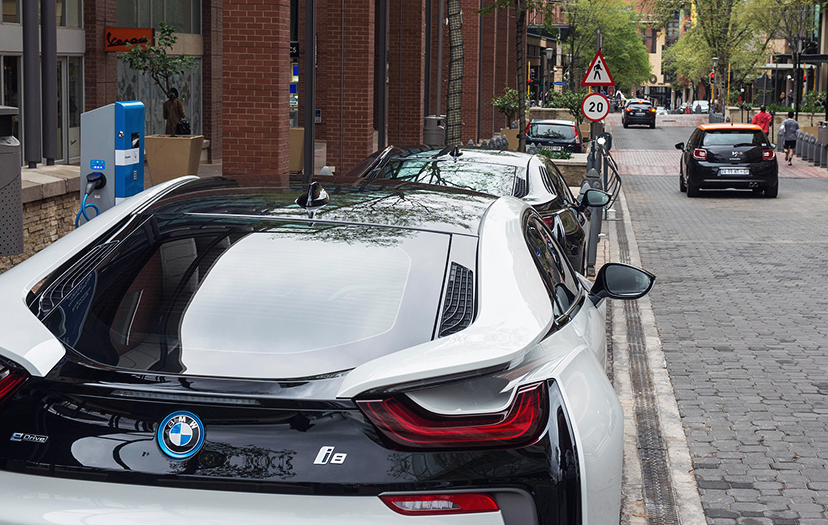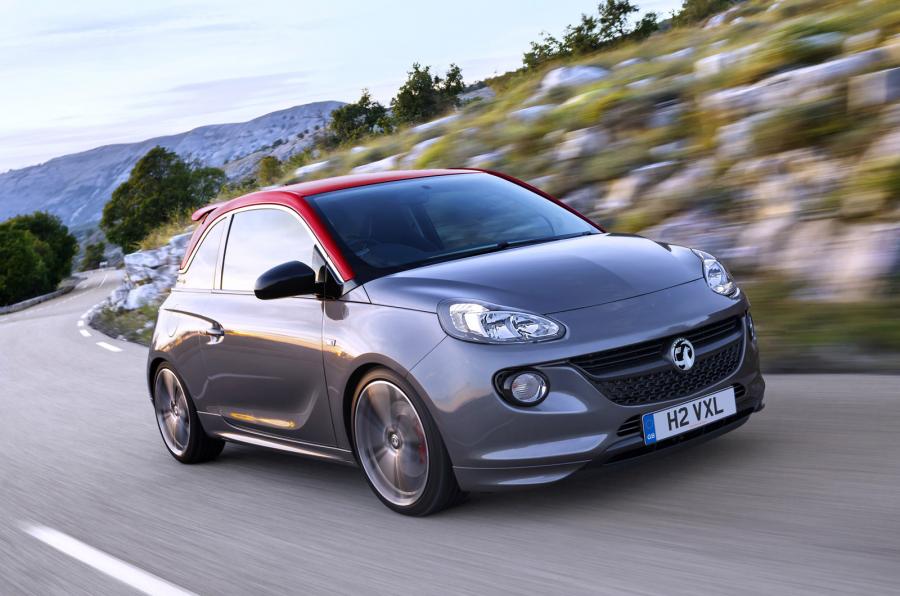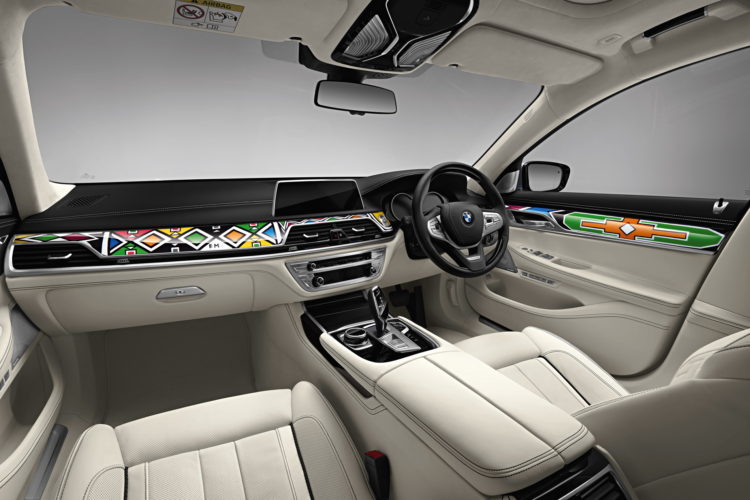In the technology world, the latest advancement is only as good as the next thing coming down the line. The auto industry is constantly bringing us new technologies, whether it be for safety, entertainment, usefulness or simply for pure innovation.
Many new car technologies are either specifically built for safety or at least have some sort of safety focus to them. Some of the latest car innovations we’ve found are some truly exciting technologies that could revolutionize not just the automotive industry but human transportation in general.
Cars That Communicate with Each Other and the Road
Car manufacturers and the U.S. government are seriously looking into and researching two technologies that would enable future cars to communicate with each other and with objects around them.
Imagine approaching an intersection as another car runs a red light. You don’t see them at first, but your car gets a signal from the other car that it’s directly in your path and warns you of the potential collision, or even hits the brakes automatically to avoid an accident. A developing technology called Vehicle-to-Vehicle communication, or V2V, is being tested by automotive manufacturers like Ford as a way to help reduce the amount of accidents on the road.
Self-driving Cars
The idea of a self-driving car isn’t a new idea. Many TV shows and movies have had the idea and there are already cars on the road that can park themselves. But a truly self-driving car means exactly that, one that can drive itself, and they’re probably closer to being a reality than you might think.
In California and Nevada, Google engineers have already tested self-driving cars on more than 200,000 miles (321,869 kilometers) of public highways and roads [source: Thrun]. Google’s cars not only record images of the road, but their computerized maps view road signs, find alternative routes and see traffic lights before they’re even visible to a person. By using lasers, radars and cameras, the cars can analyze and process information about their surroundings faster than a human can.
Augmented Reality Dashboards
GPS and other in-car displays are great for getting us from point A to point B, and some high-end vehicles even have displays on the windshield, but in the near future cars will be able to identify external objects in front of the driver and display information about them on the windshield.
Think of the Terminator, or many other science fiction stories, where a robot looks at a person or an object and automatically brings up information about them and can identify who or what they are. Augmented Reality dashboards, AR for short, will function in a similar way for drivers. BMW has already implemented a windshield display in some of their vehicles which displays basic information, but they’re also developing augmented reality dashboards that will be able to identify objects in front a vehicle and tell the driver how far they are away from the object. The AR display will overlay information on top of what a driver is seeing in real life.
Airbags That Help Stop Cars
Ever since airbags were been added to vehicles, they’ve continued to make their way around the inside of our vehicles. We now have curtain airbags, side airbags, knee airbags, seat belts airbags and even ones that deploy under us. Maybe all of us don’t have them in our cars, but they’re on the road. And Mercedes is working on a new way to use airbags that moves them away from a passive safety measure and makes it part of an active safety system.
Mercedes is experimenting with airbags that deploy from underneath the car that will help stop a vehicle before a crash. The airbags are part of the overall active safety system and deploy when sensors determine that at impact is inevitable. The bags have a friction coating that helps slow the car down and can double the stopping power of the vehicle. The bags also lift the vehicle up to eight centimeters, which counters the car’s dipping motion during hard braking, improves bumper-to-bumper contact and helps prevent passengers from sliding under seat belts during a collision.
Energy-storing Body Panels
Exxon Mobil predicts that by 2040, half of all new cars coming off the production line will be hybrids [source: Kahn]. That’s great news for the environment, but one of the problems with hybrids is that the batteries take up a lot of space and are very heavy. Even with advances in lithium-ion batteries, hybrids have a significant amount of weight from their batteries. That’s where energy-storing body panels come in.
In Europe, a group of nine auto manufacturers are currently researching and testing body panels that can store energy and charge faster than conventional batteries of today. The body panels being tested are made of polymer fiber and carbon resin that are strong enough to be used in vehicles and pliable enough to be molded into panels. These panels could reduce a car’s weight by up to 15 percent [source: Volvo].








